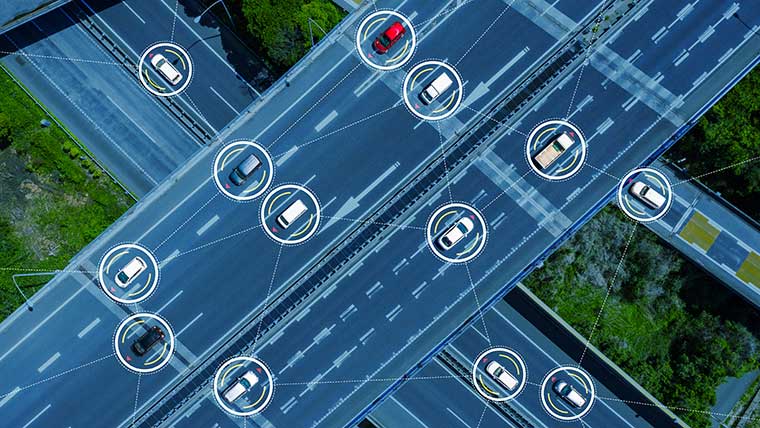Over 35,000 people in the US die each year in motor vehicle crashes. 94% are caused by human error. Connected and autonomous vehicle (CAV) technology promises to fix this—but a safe and reliable wireless communication spectrum must exist for this to occur.
There is a reserved spectrum for this purpose: the 5.9 GHz wireless spectrum for transportation safety will carry short-range, high speed messages between CAV and infrastructure. It’s commonly referred to as V2X (vehicle to everything, including other vehicles, pedestrians and infrastructure). This spectrum is critical to realizing the holy grail safety and mobility benefits of CAV, and therefore implementing CAV on a large scale.
Change is never easy
However, there is now an intense debate between primarily the Federal Communications Commission (FCC) and United States Department of Transportation (USDOT), among other entities. FCC’s plan is to divide the spectrum for CAV and give some of it to Wi-Fi. USDOT and others are against the plan, stating that research data shows dividing the spectrum is a compromise that won’t work.
This uncertainty over the spectrum has vehicle manufacturers waiting to commit to building their cars as standard with connected vehicle technology. And as with all public debates, there’s more to it than just the spectrum. The CAV communication technology itself is up for debate as well.
So what should infrastructure owners and operators (IOO) do? Wait and see what unfolds? Surge ahead as quickly as possible? There are no easy answers here; both approaches have pros and cons. Waiting means it will take longer to see benefits, but you can avoid wasting money as the technology changes and matures. If you decide to surge ahead, you’ll be one of the first to realize the lifesaving crash reduction benefits… but they don’t call it the “bleeding edge” for nothing. It will cost you some extra blood, sweat, and tears.
In the midst of all the uncertainty, one thing is certain: CAV technology is the future. There are some simple things you can do right now to prepare.
- Start the planning process. Get some training and participate in professional organizations.
- Work to create a secure, reliable, high bandwidth communications infrastructure for your signals and ITS devices. Most of the infrastructure that will talk to CAVs will be traffic signals, so this is a great place to start.
- Speaking of traffic signals, upgrade your controller hardware and firmware so that it can talk to cars.
- Pilot a project to get some experience with the technology, maintenance, data management and cybersecurity needs that come with CAV.
These items alone may take years to tackle. Eventually the government will make a decision, and when that happens, car manufacturers will be creating connected cars at a rapid pace. Considering even a small amount of connected cars on the road can make a profound positive impact, starting sooner rather than later is the way to go. Our team is committed to staying abreast of the latest developments in this area—the safety of our communities is always at the forefront.



